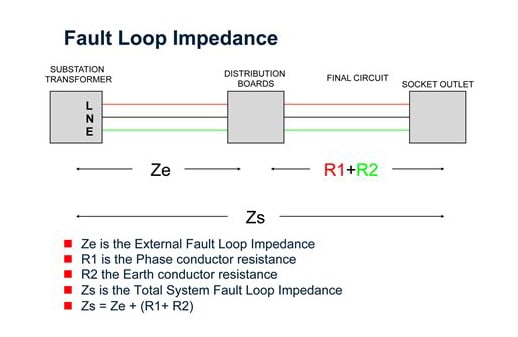BlackJackJacques
Marine/Ocean
I have an application in China where they are running 380 V 3-Phase for motors, etc and for the utilization receptacles, they are coming directly off the line phase to neutral for 220V without using a lighting transformer. The receps serve the standard items from coffee pots, office equipment, etc. I have a number of concerns, including short-circuit current performance since the supply is either through a 2 MVA 380V transformer or a 2 MVA emergency diesel generator, the utility transformer and EDG are relatively close to the switchboard and both are fed via low impedance bus-duct. The facility is a light commercial office setting and the motor loading is mostly all HVAC. My concern is that the branch OCP devices are all 10 kA AIC like here in the US. Has anyone seen such an installation?

